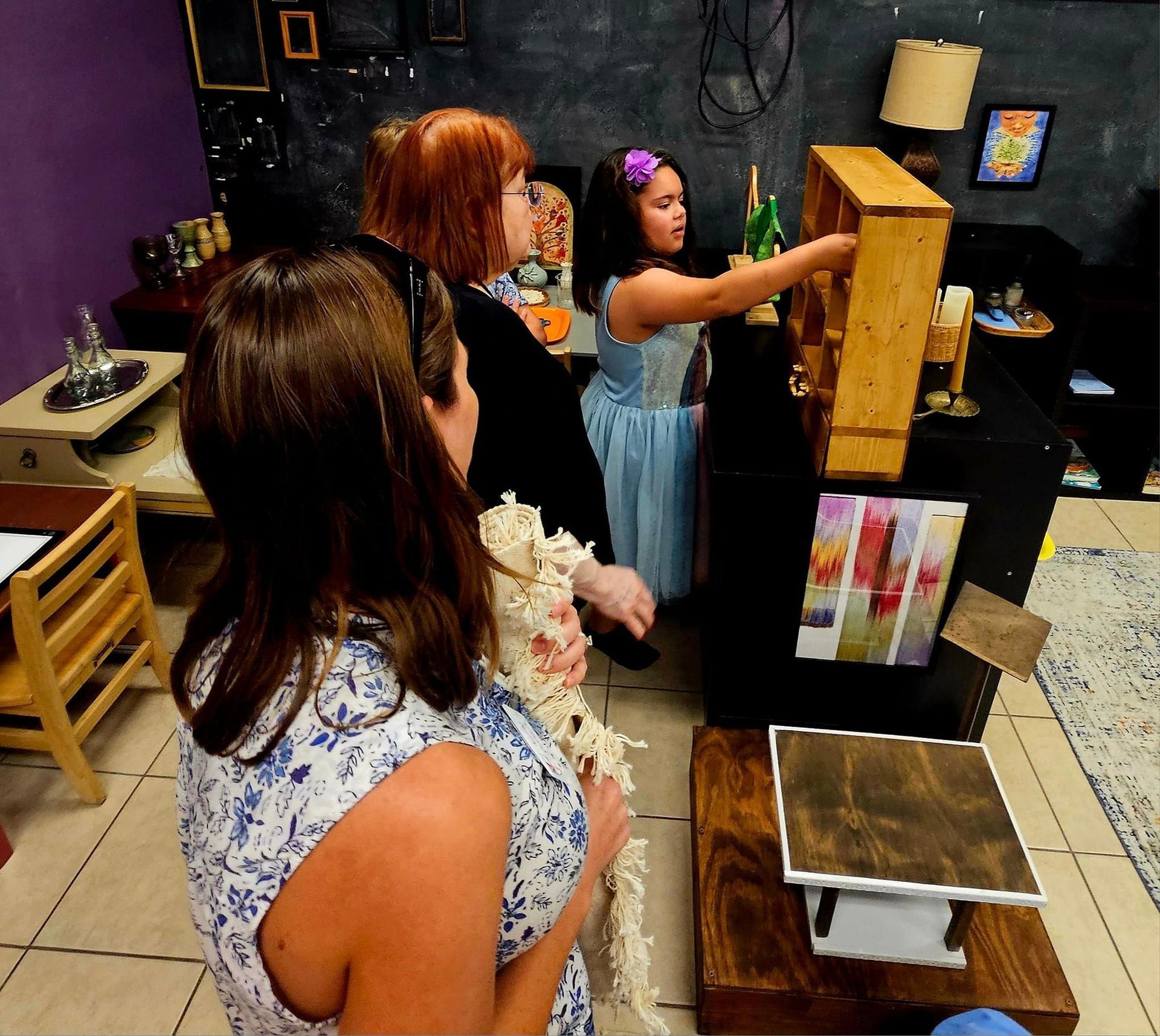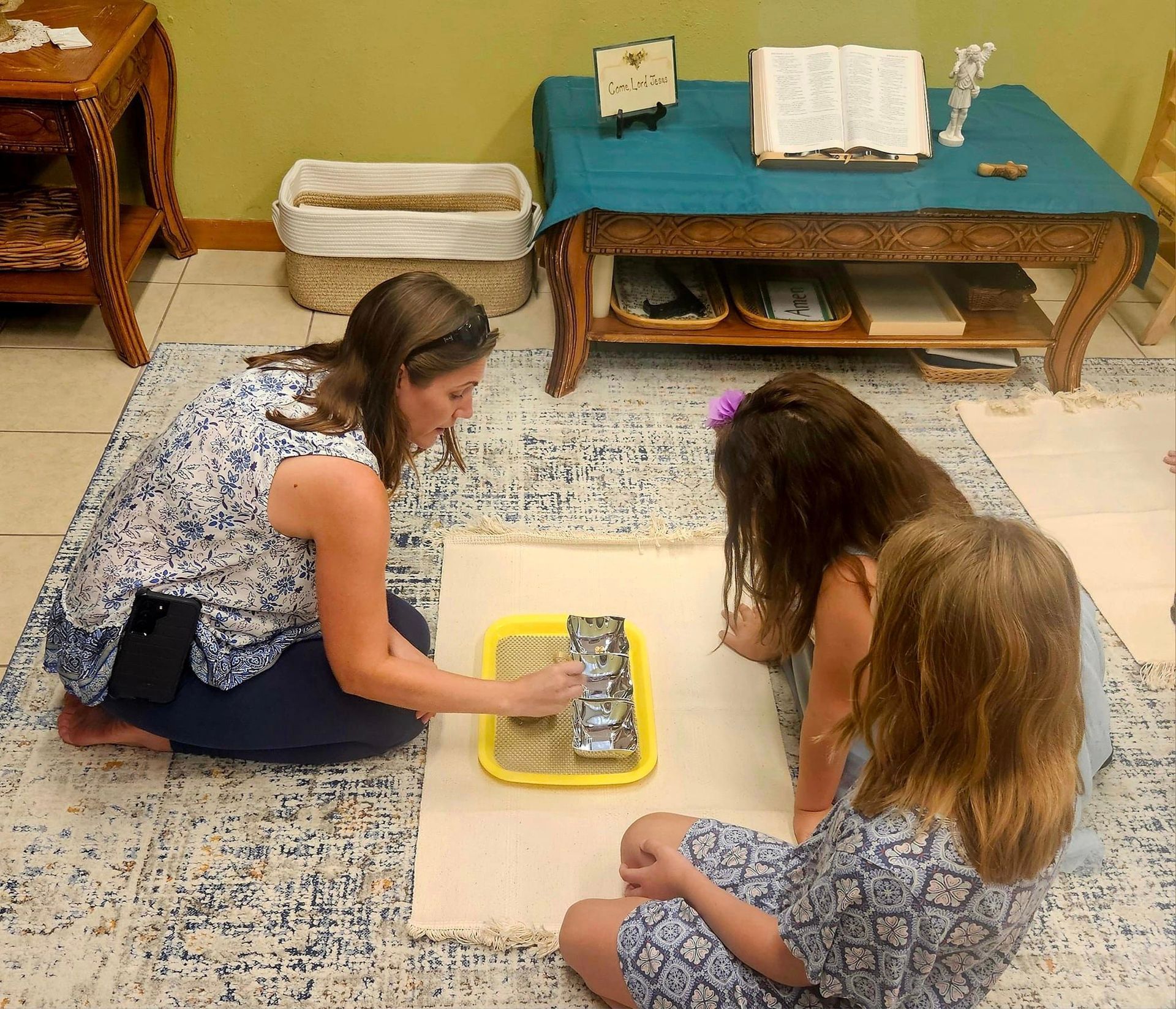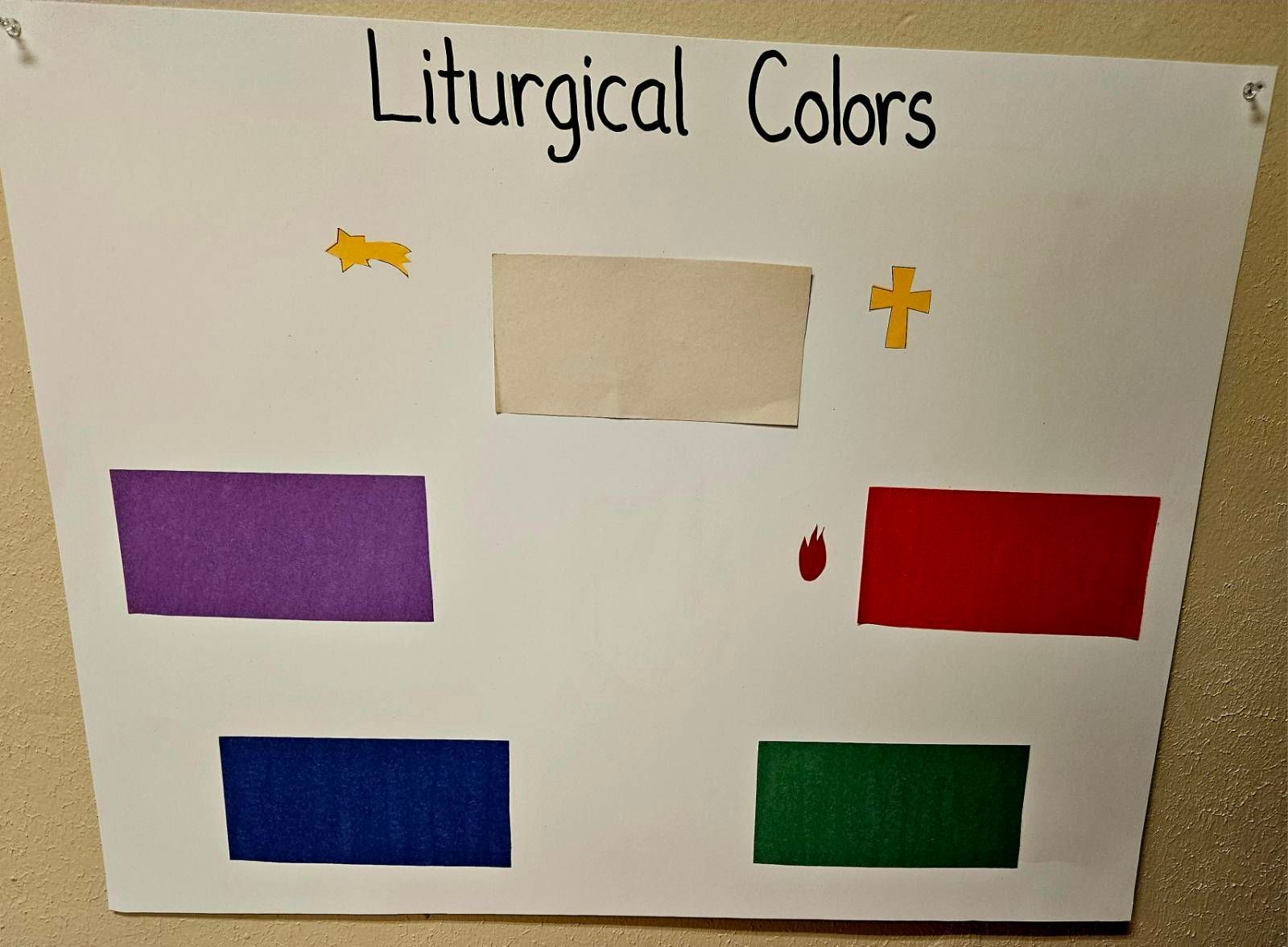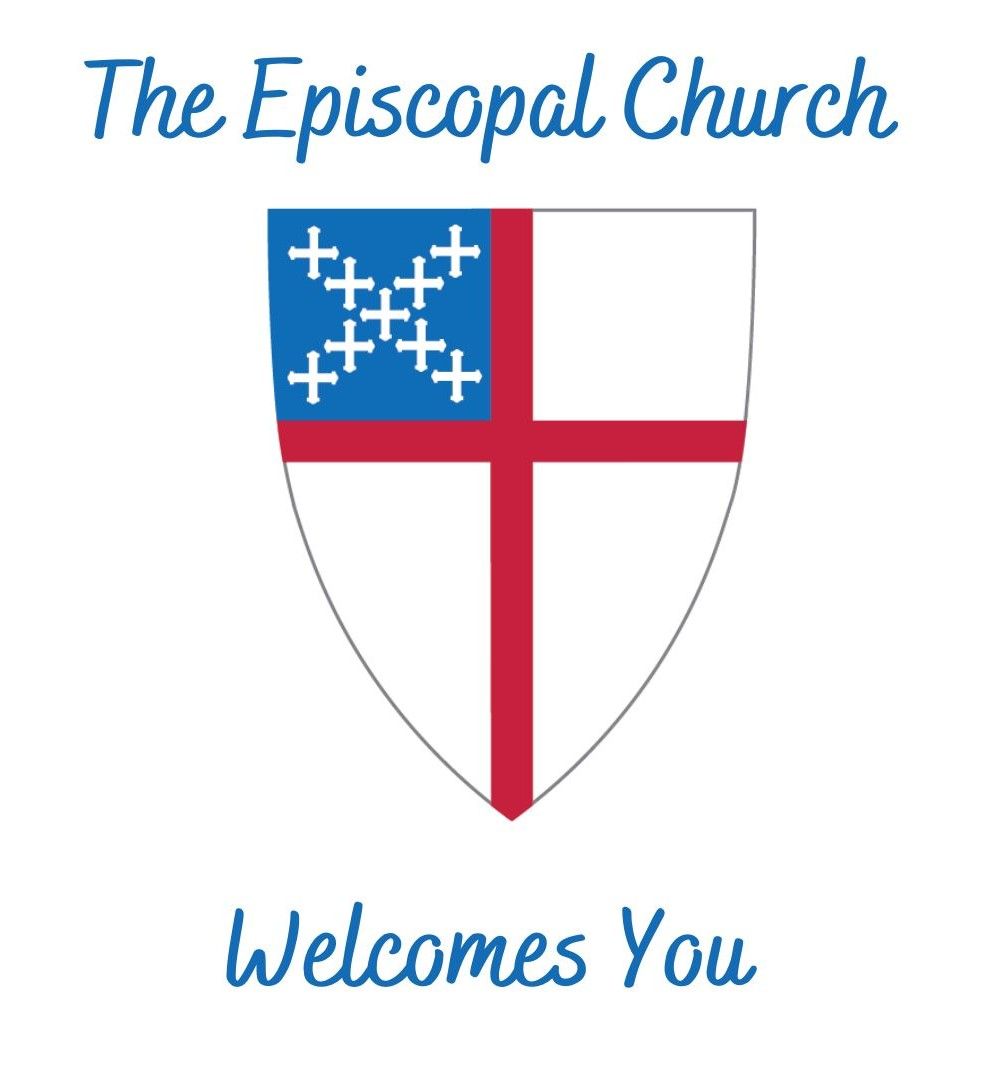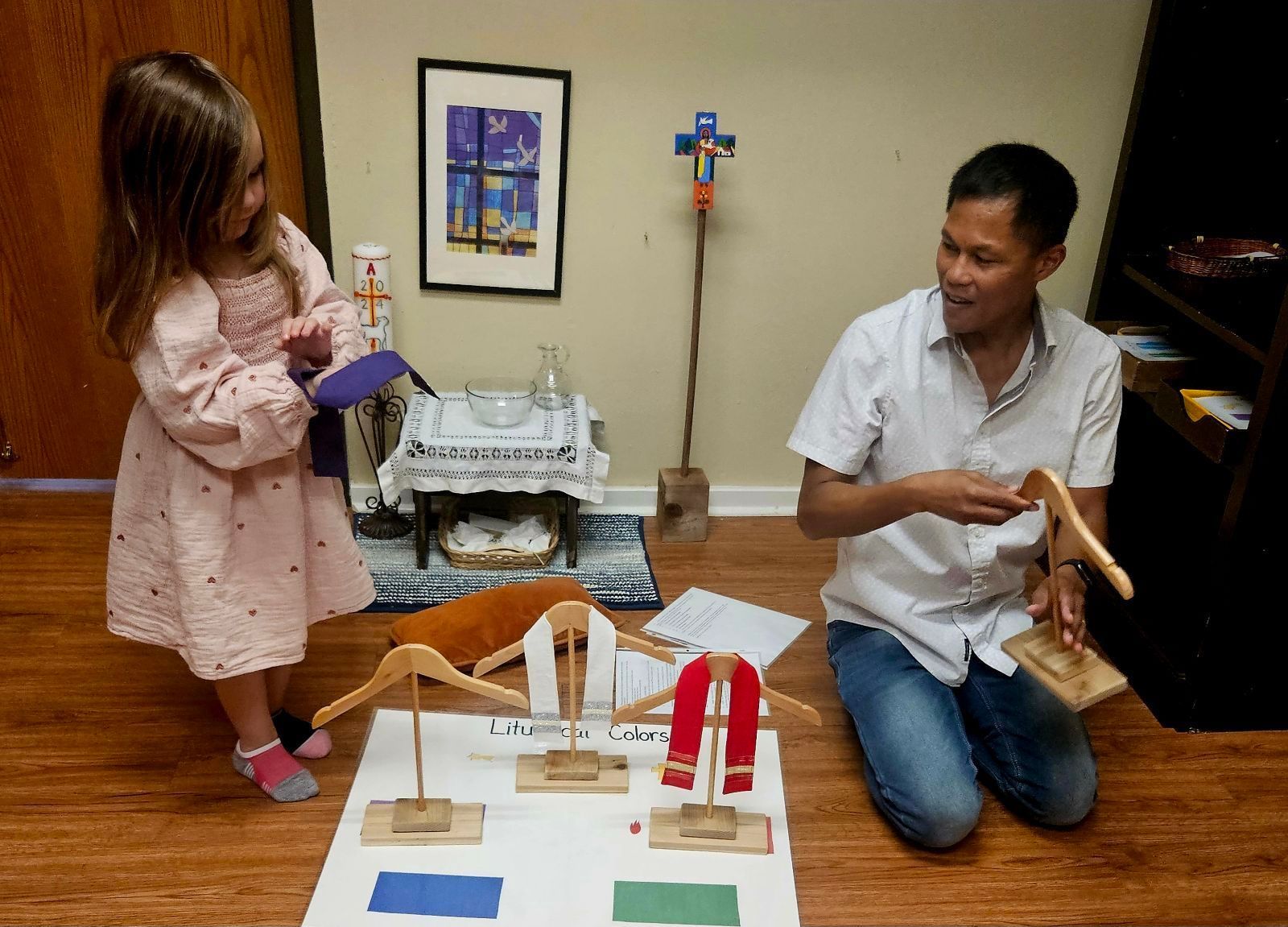
CGS is a practice of religious formation for children based on the educational method of Dr. Maria Montessori. It seeks to prepare a sacred, "hands-on" space for children called an atrium, in which both children and their catechist can hear, ponder, and celebrate the most essential mysteries of the Christian faith as revealed through the Scriptures and the Liturgy.
The Catechesis of the Good Shepherd (CGS), a faith formation program for children three years old to sixth grade. It's a distinct approach to Catechesis through which the youngest children develop deep, lifelong relationships with Christ and His Church.
Originating in Rome in the 1950s, Catechesis of the Good Shepherd is a Montessori approach to religious education. The program is rich in education around Liturgy and Bible. CGS encompasses three multi-age levels for children beginning at age three through sixth grade. Each level builds progressively on the next. Because it engages children so profoundly, it has become the preferred approach to young children’s catechesis in a growing number of dioceses, parishes, and schools around the U.S. and the world.
OUR APPROACH
CGS is a Montessori-based Christian formation program where children, ages 3.5-12 years can grow in their relationship with God through a deep engagement in Scripture and liturgy. CGS is based on the belief that God and the child are already in a relationship. Our work as adults is to provide a sacred place (called an atrium) for the child and God to come together and grow.
The atrium is a specially prepared room where children can come to know Jesus, the Good Shepherd. The atrium is prepared with materials that children work with as a way of meditating upon the essentials of our faith found in Scripture and in liturgy. Examples of materials found in the atrium include small clay figures of Jesus and the disciples used to meditate on the Last Supper; detailed interactive maps of the Land of Israel and the City of Jerusalem to help situate Jesus as a real person in time; Jerusalem Mustard Seeds and beautiful pearls to help ponder the Parables of the Kingdom of God; and a small Baptismal font and Paschal candle used to explore the significance of Baptism.






